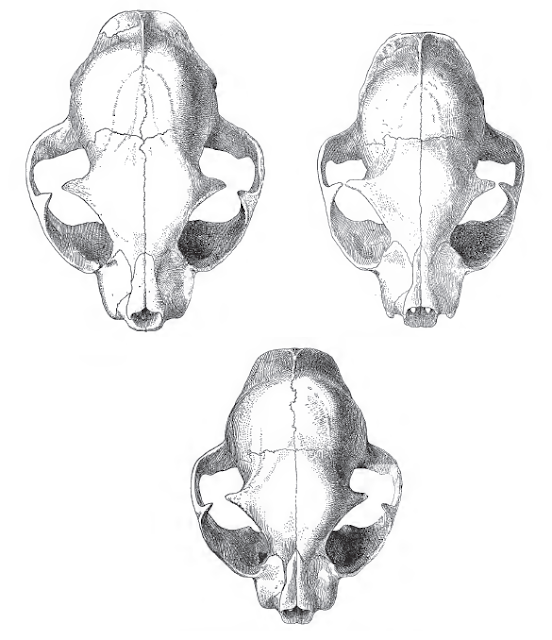Some speculative pundits described this wildcat as a 'cat-fox'. Remarkably some believed that it was a cat-fox hybrid. I think their imagination was running wild. Wildcat wild. This is quite definitely a normal cat and it looks like a European or African wildcat. Although apparently DNA analysis tells us that it is not a European wildcat subspecies:
The LBBE and the Antagene laboratory conducted initial genetic studies that revealed that these animals do not belong to the European wild cat species, namely the F. silvestris silvestris.
This cat species must have been transported on ships from the mainland - perhaps North Africa - to Corsica and Sardinia as they did not evolve on these islands.
This reminds me of the first domestic cat, a tame North African wildcat unearthed with their human caregiver after being buried together around 9,500 years ago on Cyprus, another island in the Mediterranean Sea. That cat had also been transported to the island by ship with its owner.
 |
| Corsican wildcat. It was sedated in this photograph. Image: in public domain. |
My guess is that this happened thousands of years ago allowing the species to diverge genetically from the European or North African wildcat species.
It looks like a wildcat. Its coat is quite rusty compared to the European wildcat which has a grey coat. Also, it looks skinner and smaller compared to the European species which is to be expected as warmer climates result in the evolution of smaller species as prey size is smaller.
 |
| Corsican wildcat. Image in public domain. |
But despite being called "ghjattu-fox" or cat-fox there is no connection whatsoever to the fox which is frankly obvious. I am surprised that anyone could think that.





